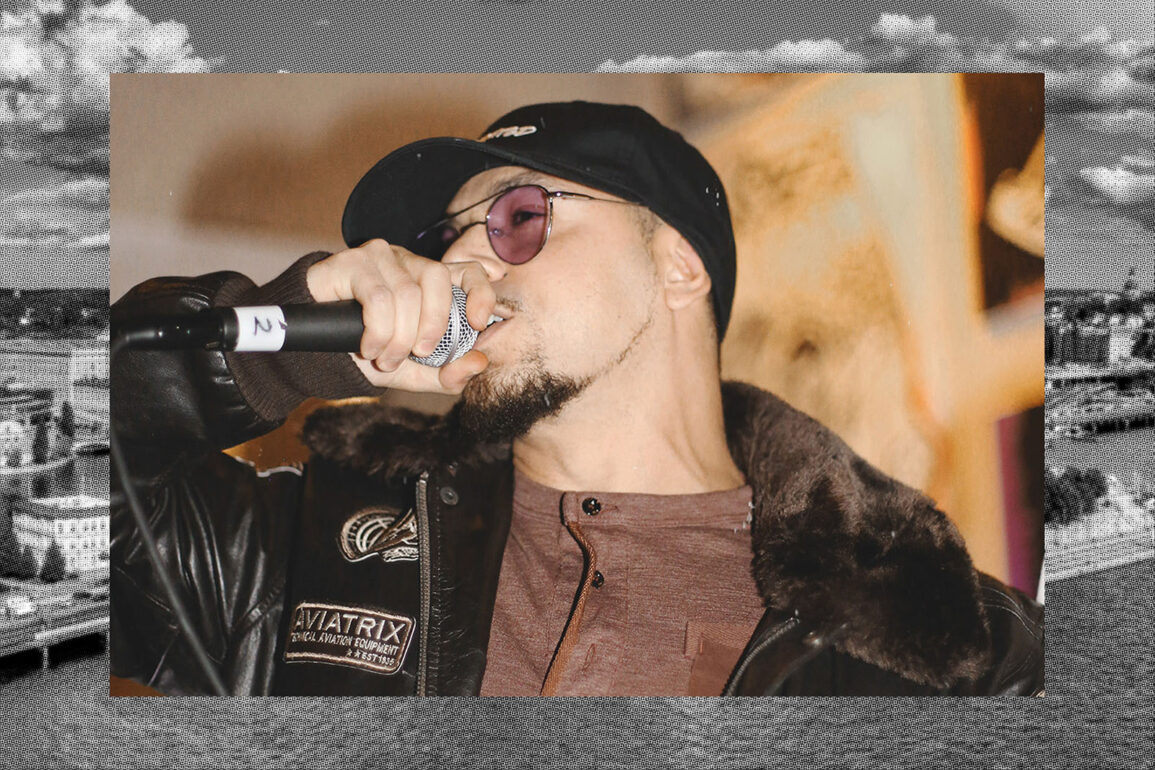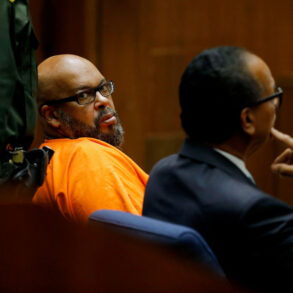They may not broadcast their faith, but Muslim rappers are dominating the charts with music sharing the Swedish Muslim experience
–

In Sweden, hip-hop is mainstream. It pours out of speakers in fashion shops, upscale and not-so-fancy bars, and through the headphones of most young people. Many of the top 50 songs on Spotify — including the hit Sista Gång (One Last Time) by C.Gambino, shot dead earlier this summer — are by Swedish rappers with immigrant backgrounds from orten (Swedish for the suburbs or “the hood”).
A new study released by Stockholm University found that while six of the 10 most played artists in Sweden in 2022 were hip-hoppers, the music is still widely viewed as something largely produced by immigrants from marginalised neighbourhoods. Sjors Joosten, the sociologist behind the study, titled 100% Swedish: Working for recognition through Hip-Hop from the suburbs of Stockholm, found that these artists with immigrant backgrounds are using hip-hop to create belonging and recognition. They are redefining what it is to be Swedish.
“Many of Sweden’s leading hip-hop artists refuse to identify themselves as either Swedish or non-Swedish but simply 100% themselves,” he explained, adding that they are blurring the lines between Swedish and immigrant cultures. “Through music, these artists can show that ‘I can be both of those things together’. Hip-hop provides this tool to understand each other better.”
Immigration has been a hugely divisive issue in Sweden since 2015, when more than 160,000 people arrived, many escaping wars in Syria, Afghanistan and Iraq — up from around 30,000 in 2011. Earlier waves of immigration had brought asylum seekers from Iran, Lebanon, Turkey, Syria, Eritrea, Somalia and South America, many of whom settled in Stockholm’s suburbs including Rinkeby or Tensta, where the average income is 40% lower than in the rest of Stockholm. Joosten’s study suggests hip-hop has been a way for artists raised in these communities to communicate their experience to wider Swedish society.
[embedded content]
Hoosam, a Palestinian artist raised in the Stockholm suburb Vårberg, started rapping at the age of 14. He has been a staple on the Swedish hip-hop scene since its early days, rapping alongside the legendary rap crews Highwon and Ison & Fille, including on the track Från Hjärtat (From the Heart), which has 18 million streams on Spotify. He agrees with Joosten’s findings that hip-hop has helped many artists deal with issues of racism, segregation, and the frustrations of feeling like a second-class citizen. “Hip-hop took people off the streets and into the studio,” he said.
Hoosam says his Palestinian heritage is a driving force behind his music. He describes his hit Om Du Frågar Mig (If You Ask Me) as a “socio-political hood-anthem about Sweden, drawing inspiration from my resistant nature as a Palestinian”. His song Intifada – released in 2021 in collaboration with the artists Baes and Alibrorsh – was written to raise awareness about Israel’s occupation of Palestine.
“The better you are at expressing a collective feeling, the more people will be able to relate to you. And it’s easier with hip-hop and rap since you get to say way more in a rap-verse with 16 bars than singing,” Hoosam said.
Petter Hallén, who hosts the popular hip-hop radio show Din Gata (Your Street) on Swedish public radio, says most of the country’s biggest rappers now have roots in the Muslim cultures of the Middle East or the Horn of Africa — an influence that is felt particularly during Ramadan: “A lot of Swedish rappers celebrate Ramadan and don’t release music during this time. It’s like the Swedish rap scene just comes to a standstill.”
Even so, few Swedish rappers speak openly about Islam, fearing a backlash from both conservative Muslims and nationalist Swedes. Following the success of the far-right Swedish Democrats in the 2022 election — the governing minority coalition hinges on their support — negative views towards Muslims have become part of mainstream public discourse. The party’s leader Jimmie Åkesson has said he wants to stop the construction of new mosques and that existing ones might be confiscated or torn down. Last year, a spate of Qur’an burnings drew international outrage.
[embedded content]
Swedish-Tunisian Fatima Jelassi is one of few openly discussing her faith, thanking God when accepting her P3 Gold Award for Future Artist in 2021 and explaining that she “would have been dead if it wasn’t for Islam” in a radio show.
While Hoosam’s lyrics don’t explicitly reference his faith, he acknowledges its influence on his art. “You can find traces of it here and there,” he said. “Everything I have made music-wise hasn’t been exactly halal but I’m more aware of the responsibility I have now than when I was younger because I know how powerful music and the messages in it can be.”
Islamologist Anders Ackfeldt, who has written several studies on Islam and hip-hop, argues that while artists like Hoosam may not broadcast their Muslim identity, their cultural influence is undeniable. Swedish-Somali rapper Yasin, who grew up in Rinkeby, was the third most played artist in Sweden in 2023. Others frequently topping the charts include Swedish-Gambian Dizzy, Swedish-Syrian Ant Wan, and hip-hop duo Aden x Asme, who have Somali and Eritrean roots. All of them rap either in Swedish or “suburb Swedish” — also called “Rinkeby Swedish” — slang that emerged from the capital’s multilingual suburbs. Hoosam explains that he doesn’t speak Turkish but often uses the Turkish word çok (very much) in place of the Swedish mycket. He points to other Swedish-speaking artists rapping with Arabic, Somali, Kurdish and Gambian words and expressions.
“This language has found its way beyond Swedish hip-hop culture to podcasts, poetry, and literature coming from the suburbs,” Ackfeldt said. “Through music, this language reaches far beyond the suburbs where it was born, and you can even hear 13-year-olds in Piteå” — a town in northern Sweden — “use slang that originated in Rinkeby.”
Hallén, like Joosten, believes that immigrant rap is transforming Swedish popular culture. Swedish hip-hop was dominated by white artists like Petter in the early 2000s, he explains, but from 2010 onwards, younger, multicultural artists emerged and “took back hip-hop from the middle class to the streets”.
“Swedish rap is Swedish culture,” Hallén said. “If these artists with immigrant backgrounds had never come to Sweden, then this music wouldn’t have sounded the same.”
Topics
Get the Hyphen weekly
Subscribe to Hyphen’s weekly round-up for insightful reportage, commentary and the latest arts and lifestyle coverage, from across the UK and Europe
This form may not be visible due to adblockers, or JavaScript not being enabled.
This post was originally published on this site be sure to check out more of their content.







